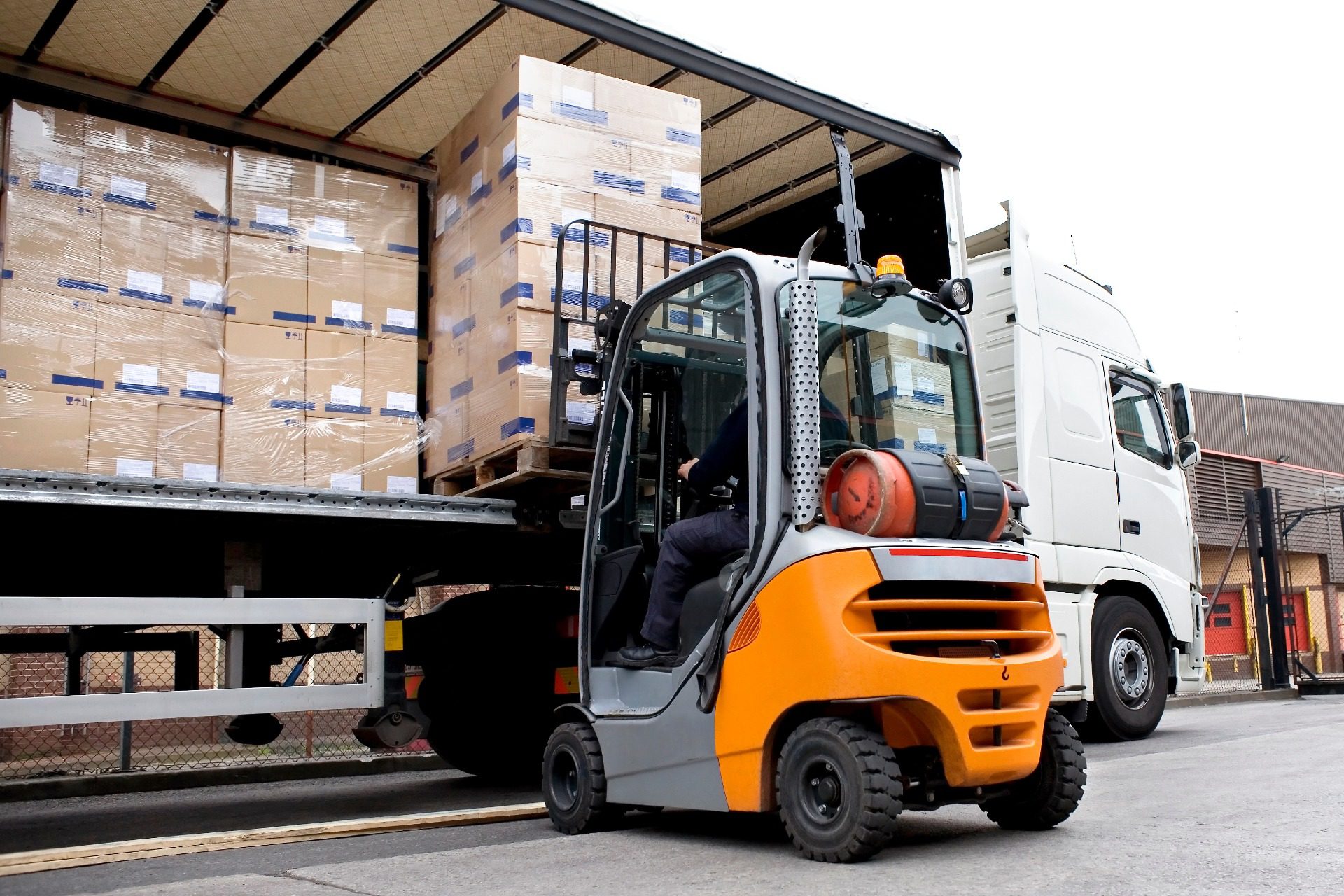For eCommerce business owners, switching 3PLs can be a daunting task. However, knowing when it’s time to change, what steps are necessary for a seamless transition, and tips for successful logistics management can make all the difference in your business’s success. Don’t let fear of change hold you back – learn how to navigate this complex decision confidently and see how ShipCalm can help.
What is a 3PL Provider?
A 3PL provider, or third-party logistics provider, is a company that provides outsourced services related to the delivery of goods. This might include warehousing, transportation management, and freight forwarding. By outsourcing these tasks to a 3PL provider, eCommerce businesses can reduce overhead costs while improving customer service and satisfaction.
Read more: What’s the difference between 3PL and 4PLs?
The role of a 3PL provider is to help businesses streamline their supply chain and improve their logistics management, allowing them to focus on their core business operations. 3PL providers have specialized expertise, technology, and infrastructure to manage logistics more efficiently than most businesses can do on their own. As a result, 3PLs are an essential part of the modern business landscape, helping companies of all sizes compete effectively in their respective industries.
When is it Time to Switch 3PL Providers?
To remain competitive and successful, eCommerce business owners must learn to recognize when changing 3PL providers might be wise. Certain signs can indicate it’s time to transition to a new provider. Some of these include:
Inadequate service quality
Low service quality can mean anything from slow response times, to issues with accuracy or timeliness, to poor quality on orders. If your 3PL provider isn’t meeting the customer service standards you expect, it may be time to look for an alternative.
Inability to meet delivery schedules
Consistently being unable to meet delivery schedules and causing delays and dissatisfaction with customers is a big problem in the world of eCommerce. If your 3PL always misses delivery schedules, it could lead to unhappy customers, hurting your reputation as an online retailer.
Limited resources and technology
Access to the right resources and technology is essential for efficient order fulfillment processes. If your current 3PL provider isn’t up to date in technology and resources and can’t effectively manage your logistic needs, you may be missing out on opportunities for growth. Switching to a more technologically advanced provider might be worth it to ensure accuracy and speed up order processing times.
Poor communication and collaboration
Poor communication with a 3PL provider can cause problems down the line. Having open channels of dialogue is key in avoiding potential issues further down the line. Failure to communicate effectively or collaborate with you and other stakeholders can lead to unnecessary delays and mistakes and likely mean it’s time for you to move on to another partner.
Increasing costs without improving service quality
If your provider keeps increasing their fees, but the quality of their service doesn’t improve, that’s a red flag. If they’re charging more than competitors but not offering a commensurate level of service, you might be able to find a better partner.
Lack of flexibility and adaptability to your business needs
The inability to adapt to the changing demands of your business or industry can signal it may be time to transition to a more flexible provider who can scale with you as you grow your brand and business.
Constant errors or mistakes in order fulfillment and shipment
The occasional mistake won’t make or break you, but consistently making errors in fulfilling orders or shipping products can lead to customer dissatisfaction and a loss of business. Even worse, it can harm your reputation in your industry, giving your competitors an advantage.
Steps to Take For a Seamless 3PL Transition
When transitioning from one 3PL provider to another, it’s essential to take steps that guarantee a smooth and hassle-free process. First, you’ll want to evaluate your current 3PL to determine if they’re meeting your needs.
Consider things like:
- Are their services cost-effective?
- Do they provide reliable shipping times?
- Are their customer service representatives knowledgeable and helpful?
If the answers to these questions are no, perhaps it’s time to switch providers. To do this successfully, use the following steps.
1. Research and compare
It’s important to research and compare before changing 3PL providers. Consider cost, services offered, customer service, and technology capabilities. It’s good to know if a 3PL has experience with your type of business or industry and that they understand what it’ll take to make you successful.
A thorough vetting process might include the following:
- A site visit
- Meeting the operations team
- Running through software demos
- Seeing their process work in real-time
Understand if you might be walking into a 4PL-type scenario (which would involve every aspect of the supply chain and may be more than you need).
2. Develop a transition plan
Once you’ve chosen a 3PL provider, create a detailed transition plan. This should include a timeline, tasks, and responsibilities for your team and for the 3PL provider. Here are a few tips to be mindful of:
- Establish and agree upon a move-out date with your current provider
- Communicate timing with your new provider and confirm a drop-off date
- Note that inventory arriving at a new location will likely not come over perfectly from the previous facility – allocate more time for receiving the initial inventory and potentially re-labeling or repackaging goods
- Suggest putting the slower-moving SKUs on hold for sale and moving them to the new warehouse first. This does two things:
- It allows you to keep selling while product is in transit, as the old warehouse can fulfill those faster-selling SKUs
- It allows the new warehouse to get familiar with your product, so the next shipments will be smoother and more efficient as the learning curve is already done
3. Communicate with your customers
Make sure to communicate your transition plan to your current customers. Let them know there may be a delay on certain orders. Investing in extra customer service support to proactively reach out to customers might be beneficial. There’s potential to offer some incentives for free ground shipping or other shipping services to keep customers incentivized to buy.
4. Test and validate
Before fully transitioning to the new 3PL provider, test and validate the new system. This will help ensure that the transition is successful and that all processes are running smoothly.
5. Monitor and adjust
Once the transition is complete, monitor the new system and make any necessary adjustments to ensure operations are running smoothly and efficiently.
Bottom Line
By following these tips, you can make a successful transition from one 3PL provider to another. With careful planning and execution, you can minimize disruption and keep your business operations running smoothly.
Make the switch to ShipCalm
ShipCalm is the perfect 3PL provider for eCommerce business owners who need reliable, cost-effective fulfillment services. Our comprehensive suite of services covers everything from order processing and inventory management to shipping and returns. And we make it easy to transition your current 3PL setup to ShipCalm without disruption or downtime.
ShipCalm provides top-notch 3PL services to streamline your supply chain and improve your logistics management. With our technology-driven solutions and exceptional customer service, you can trust us to take care of all your logistics needs, so you can focus on growing your business. Check out our pricing and get started today!




